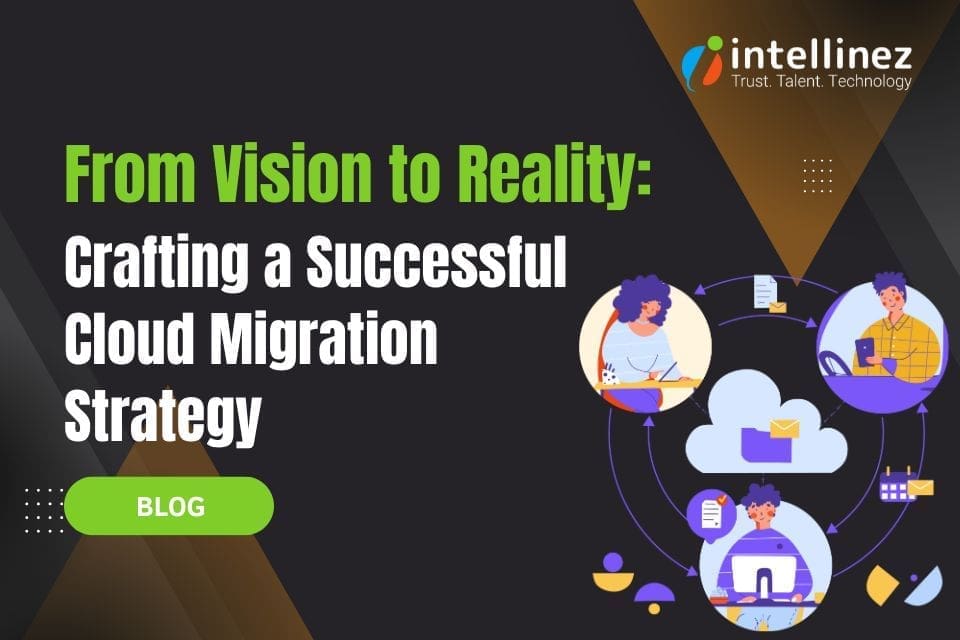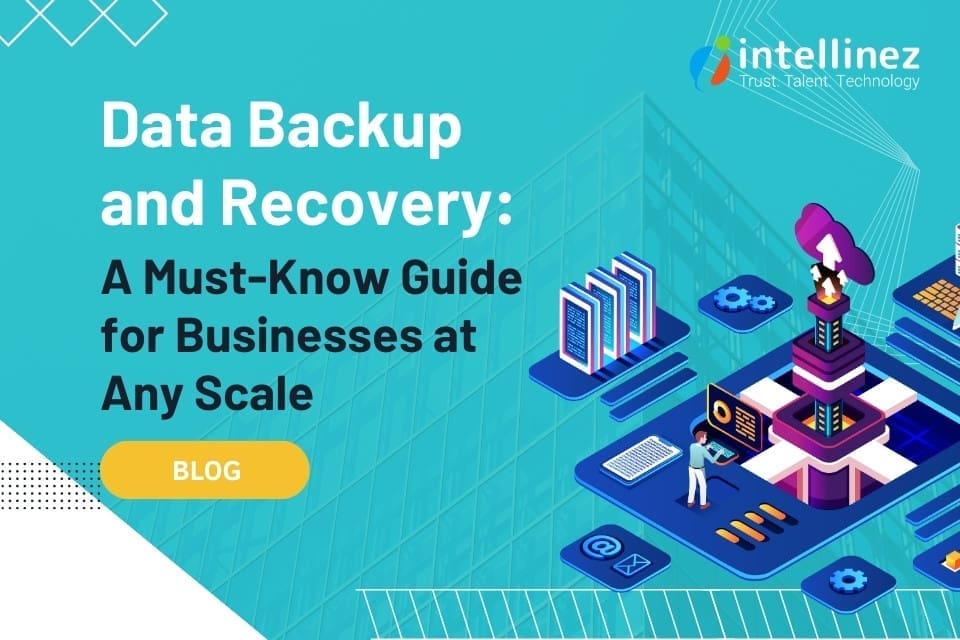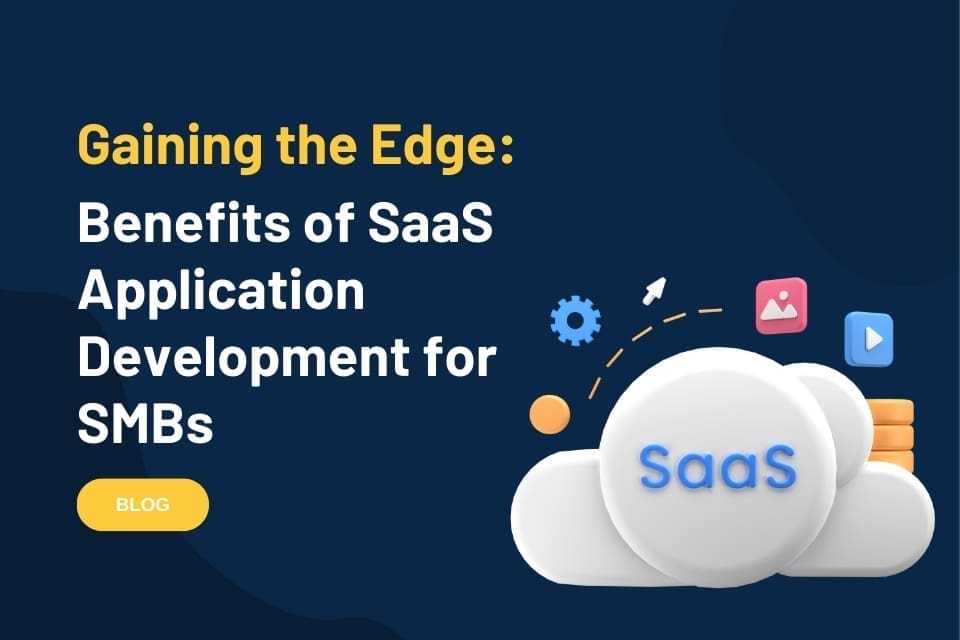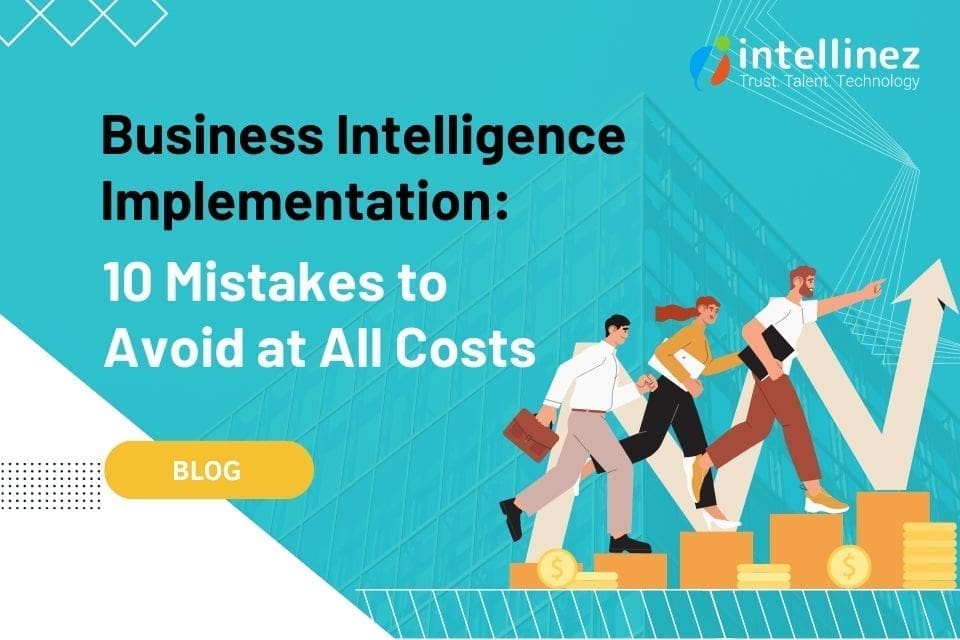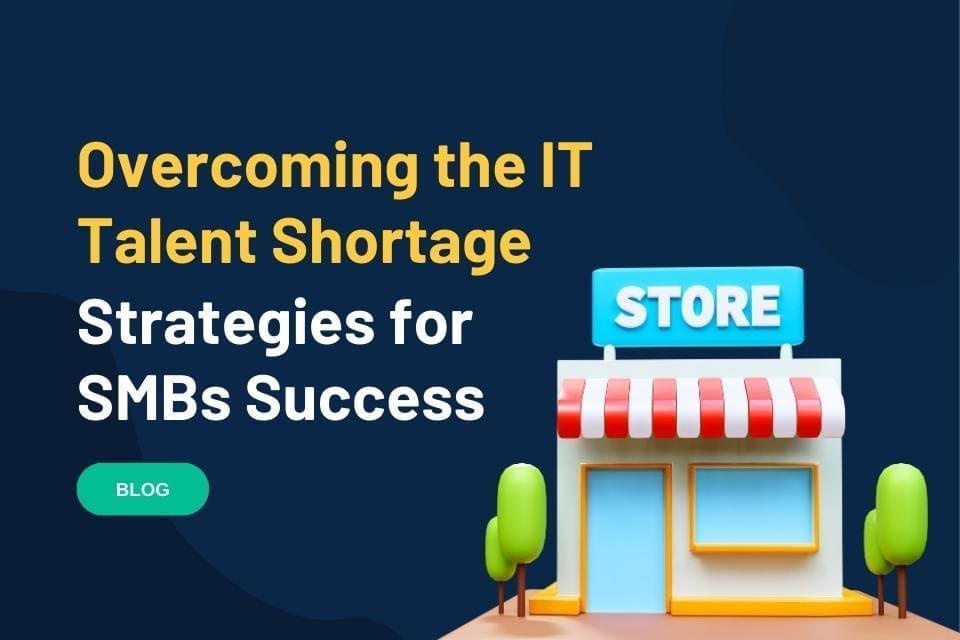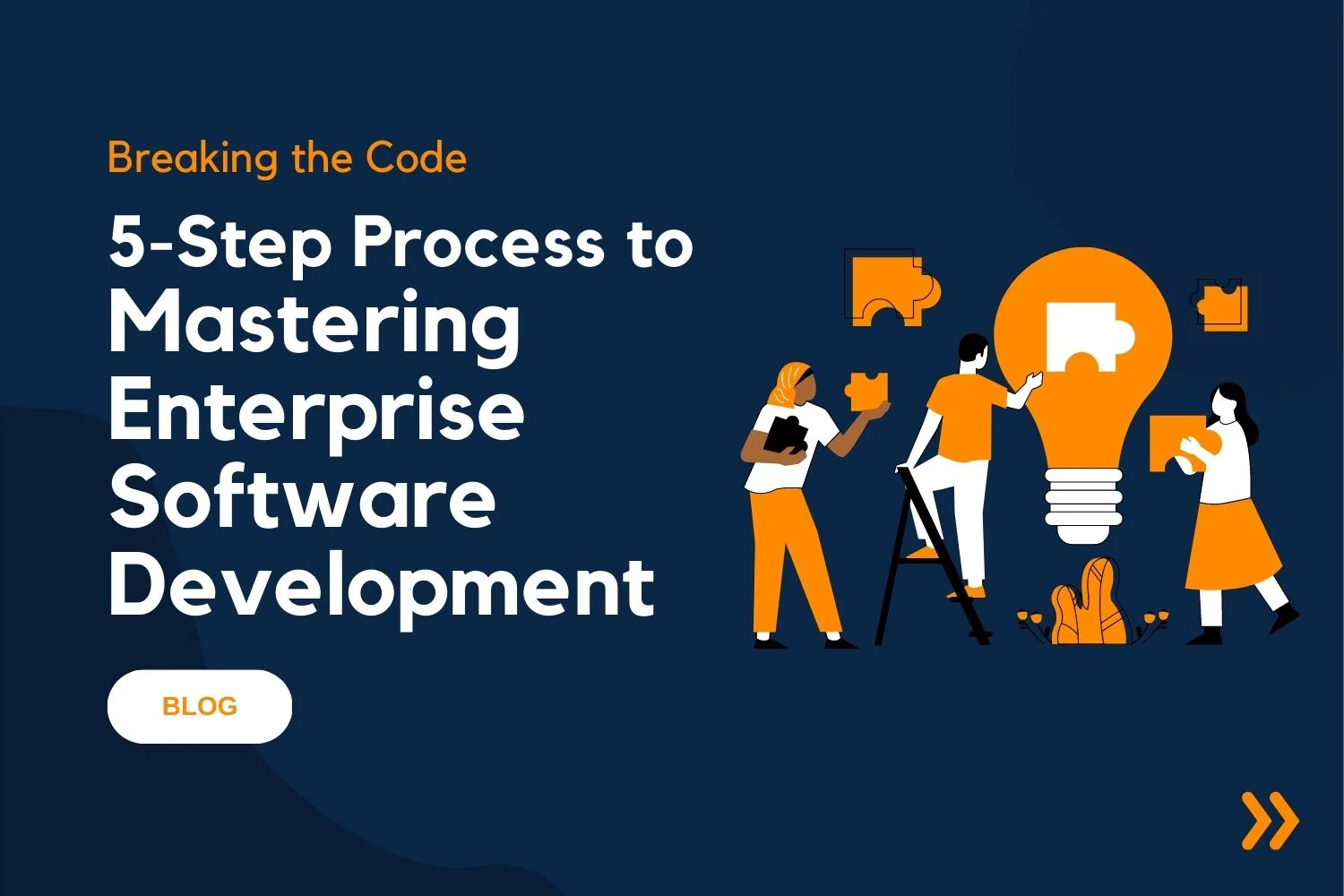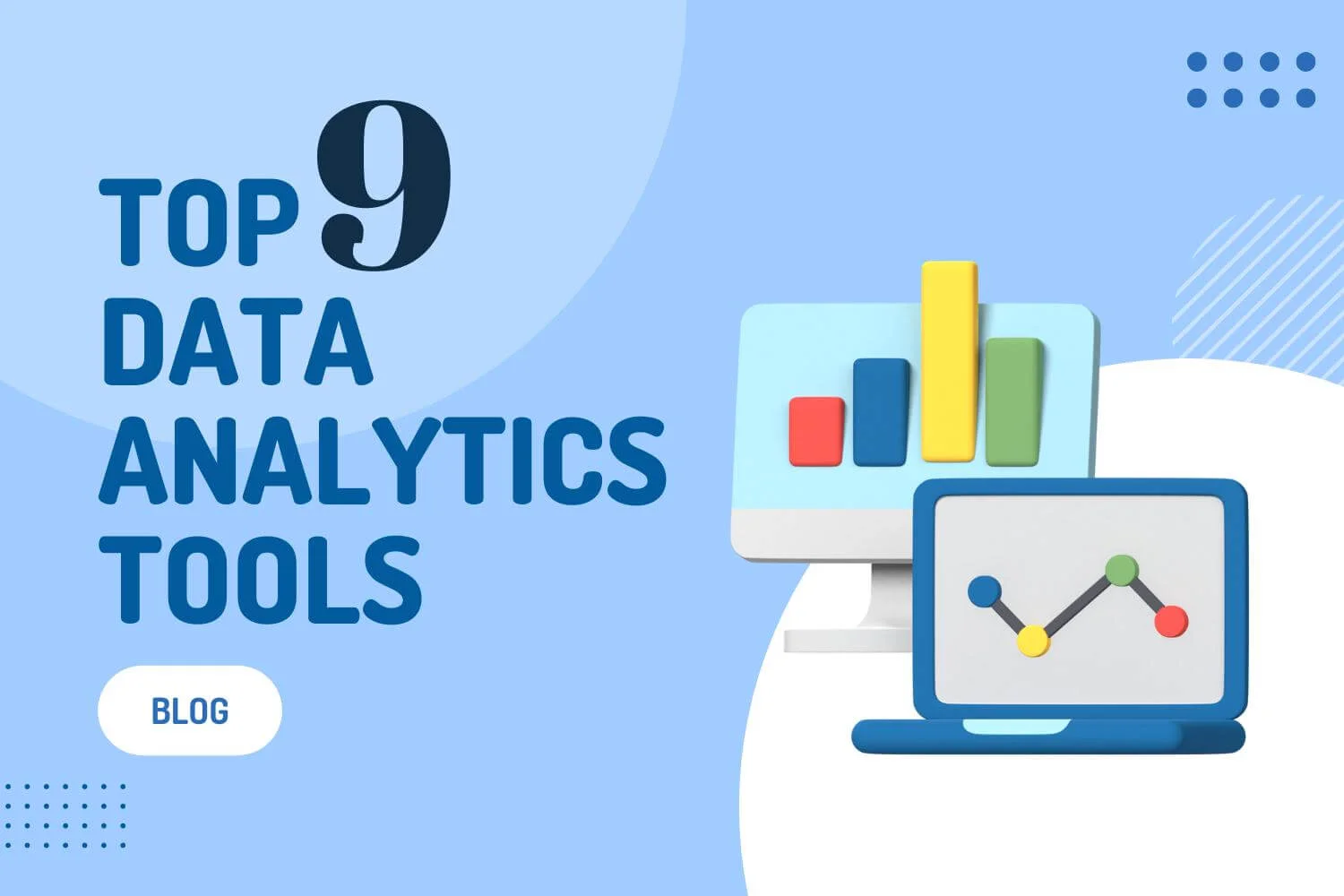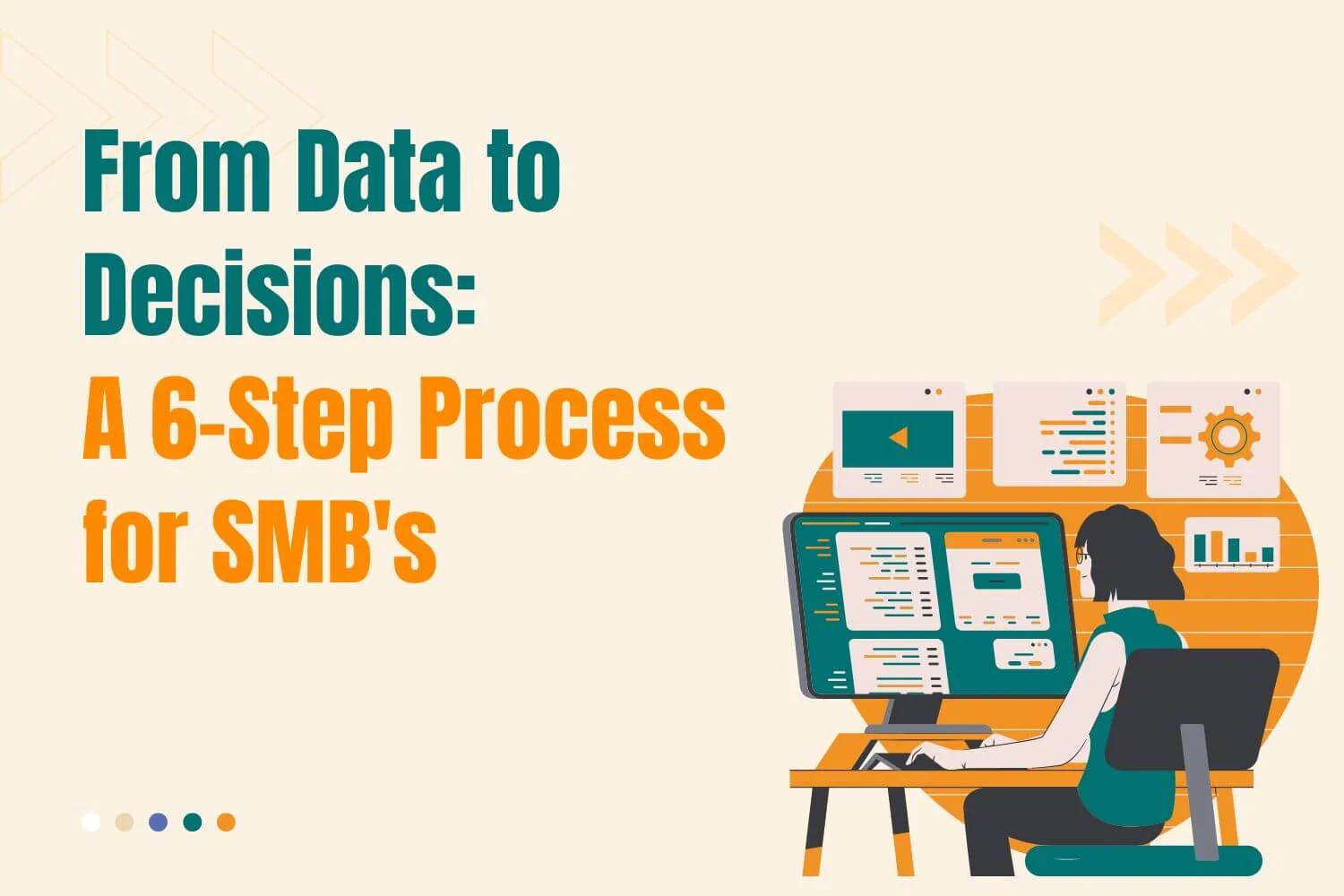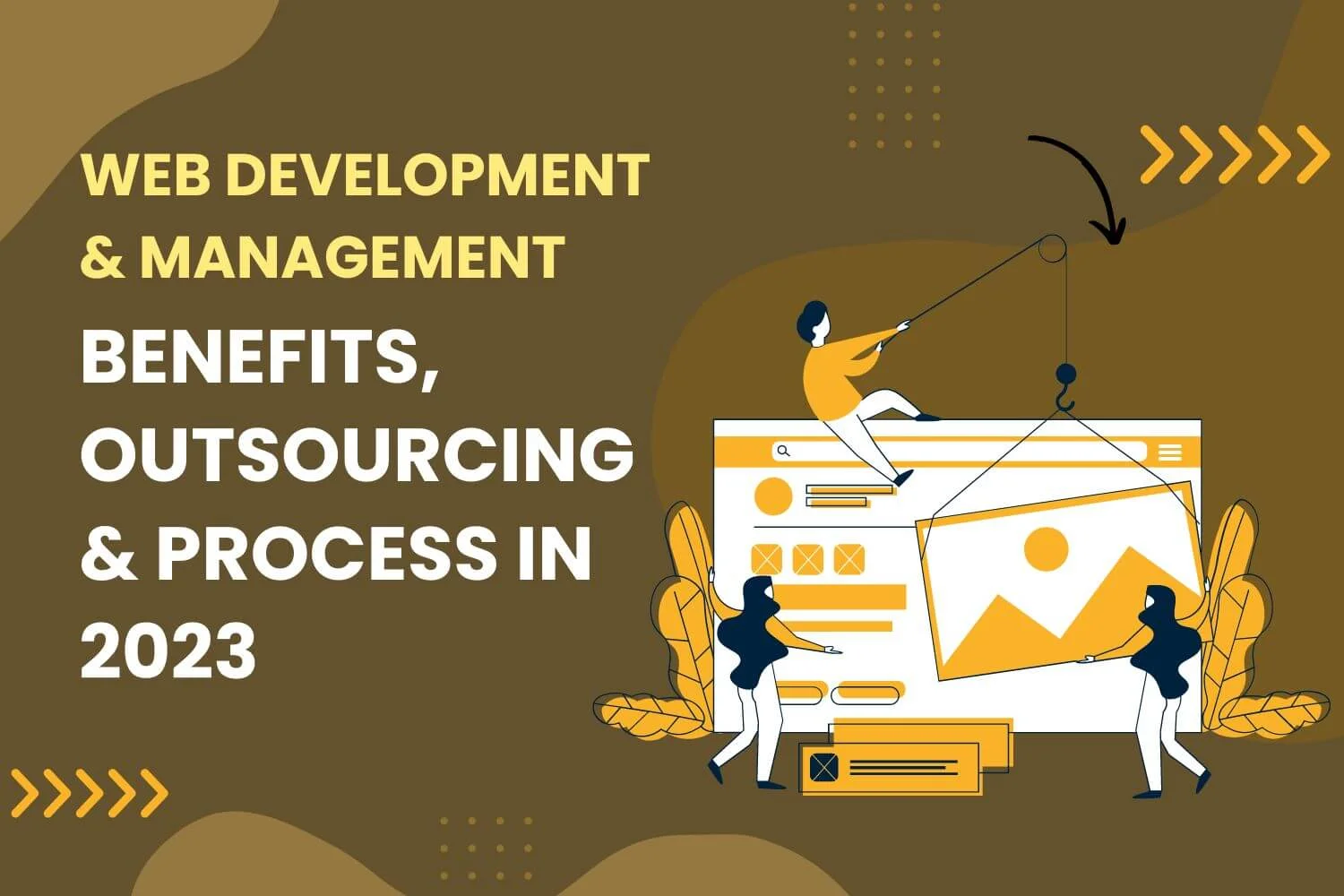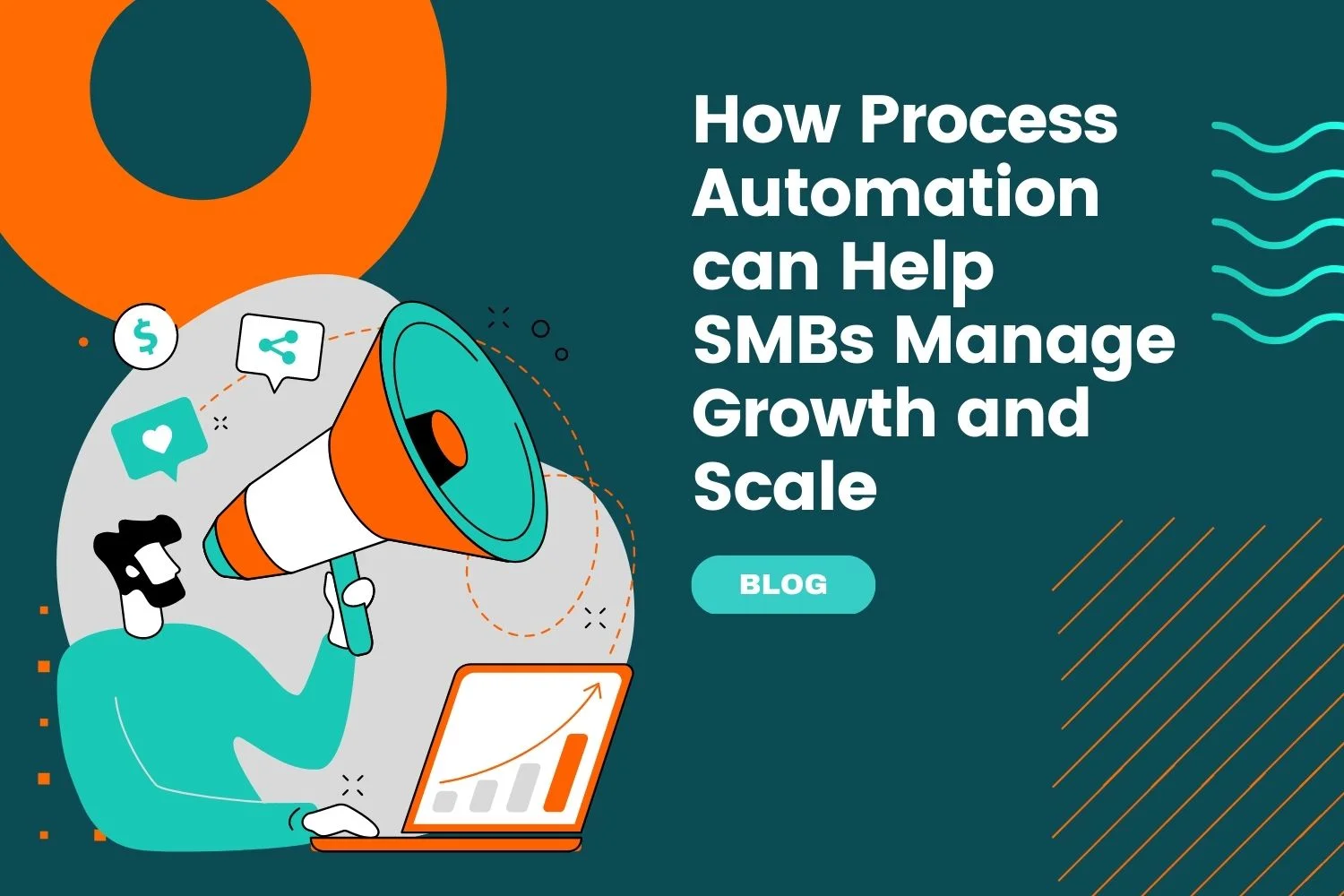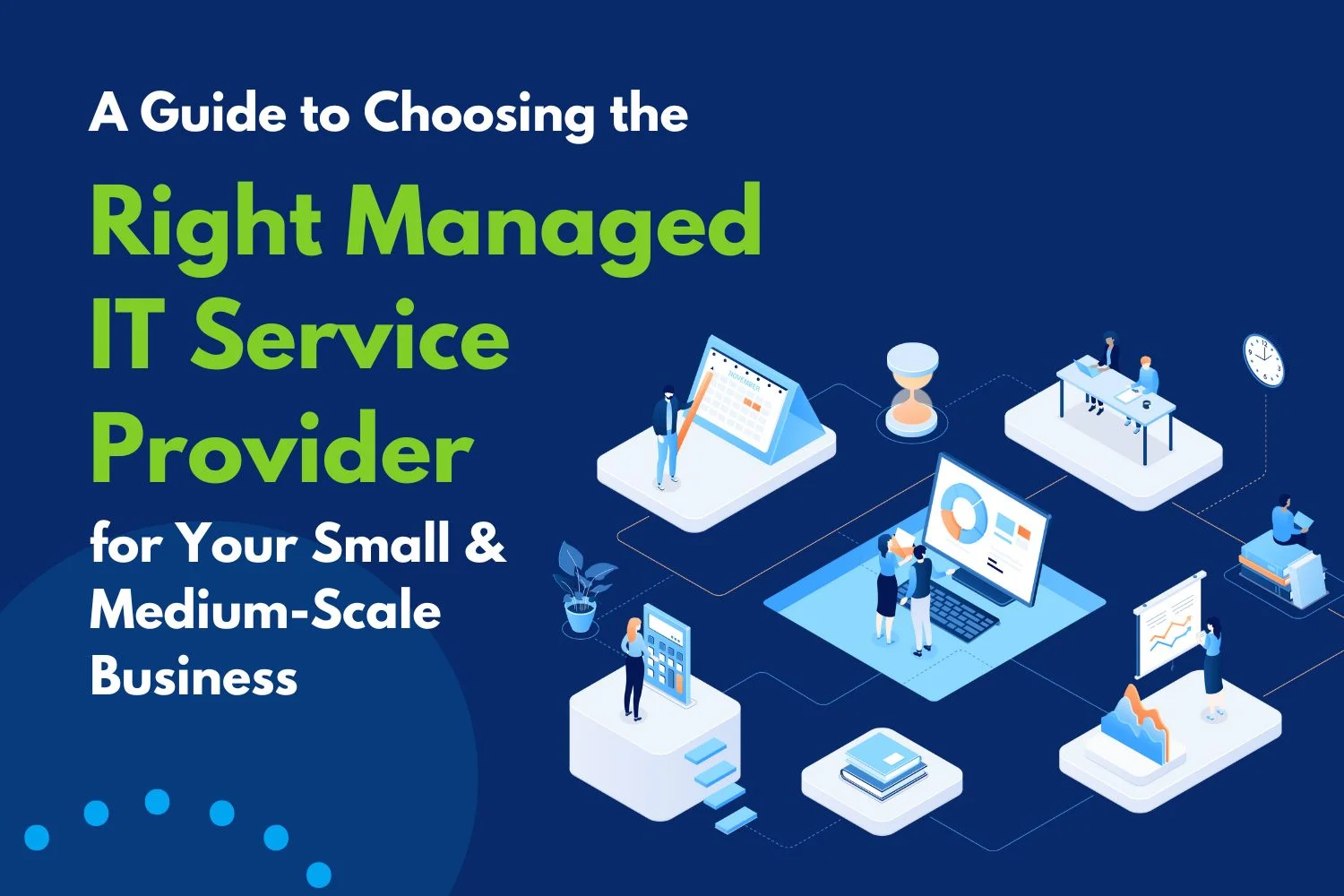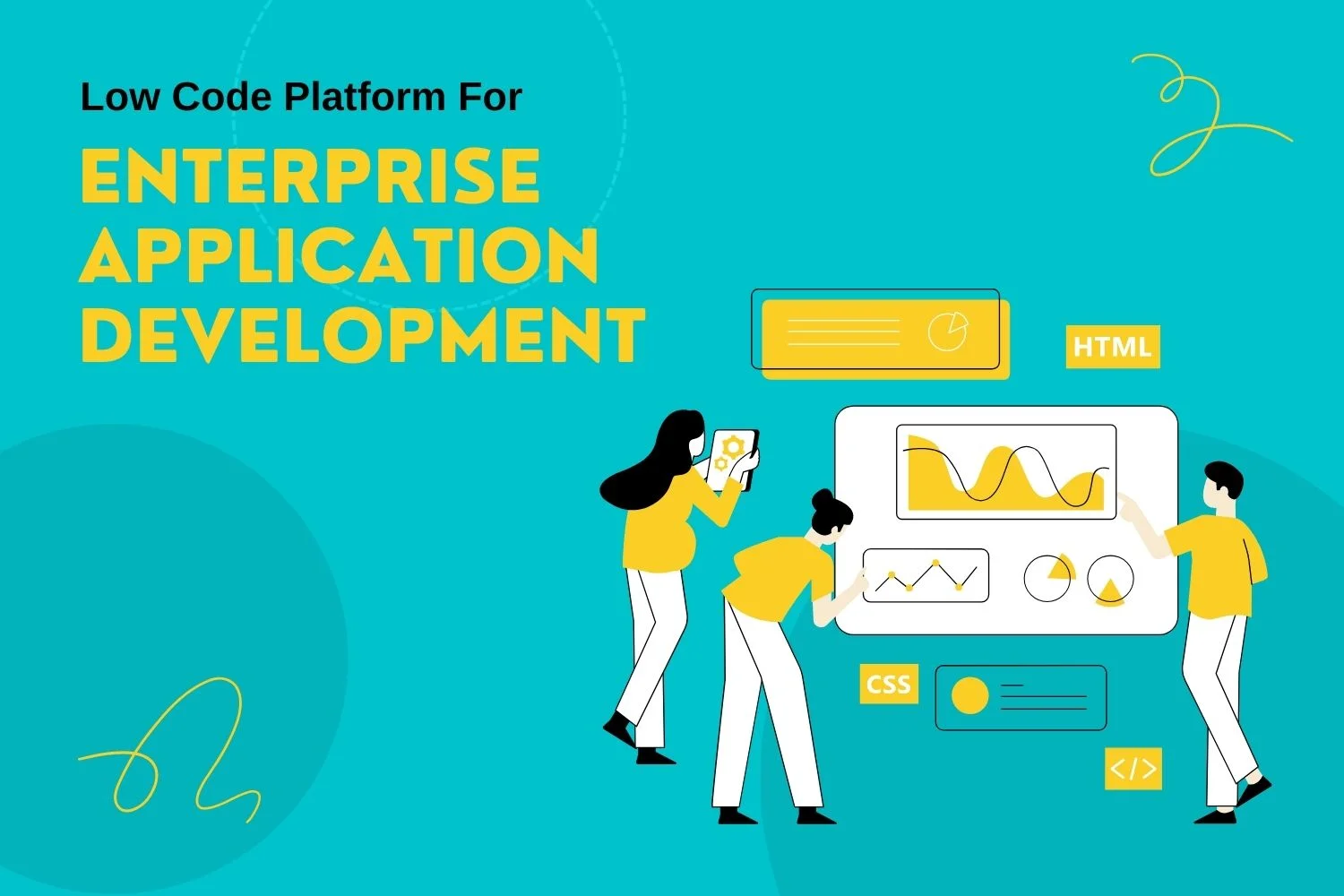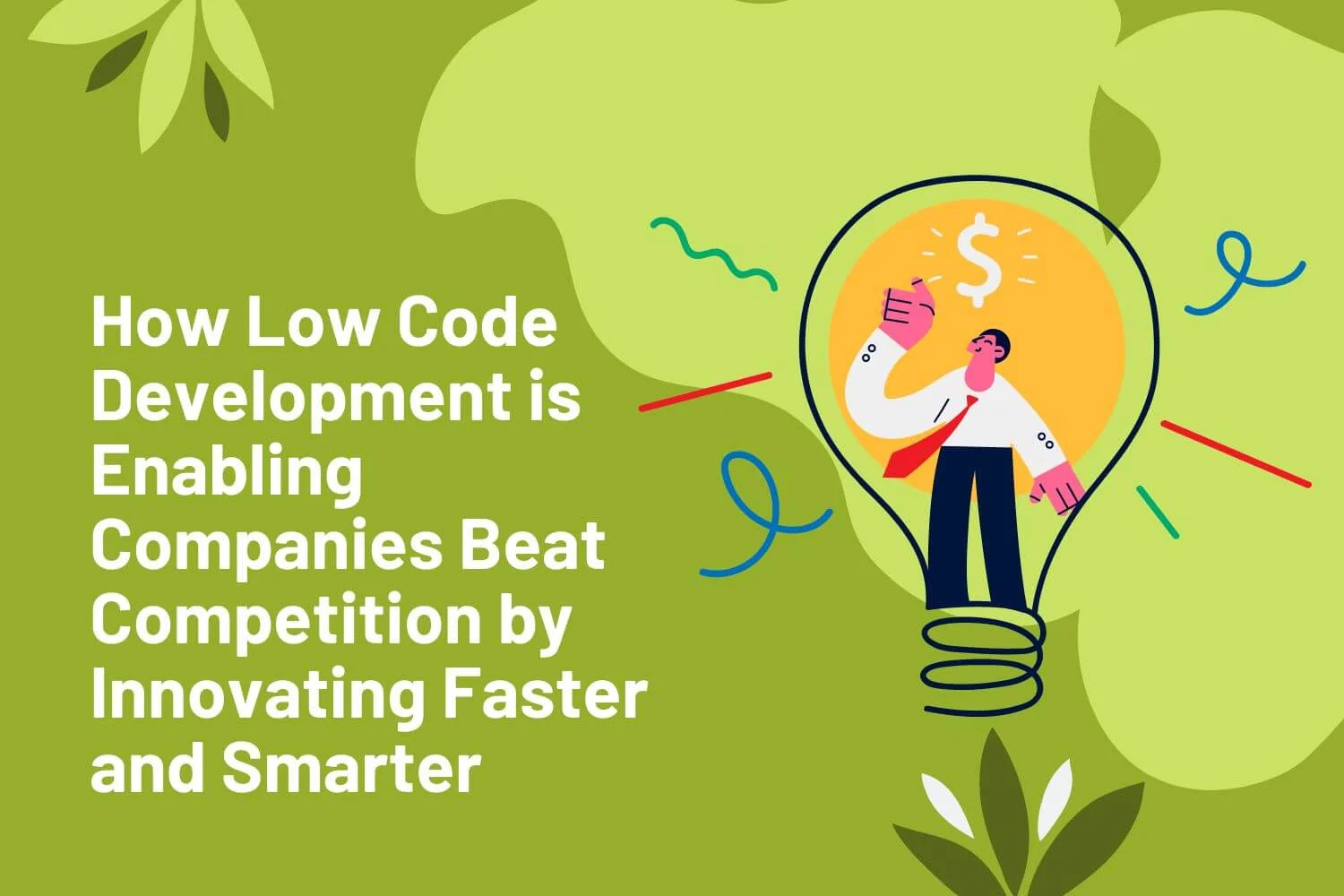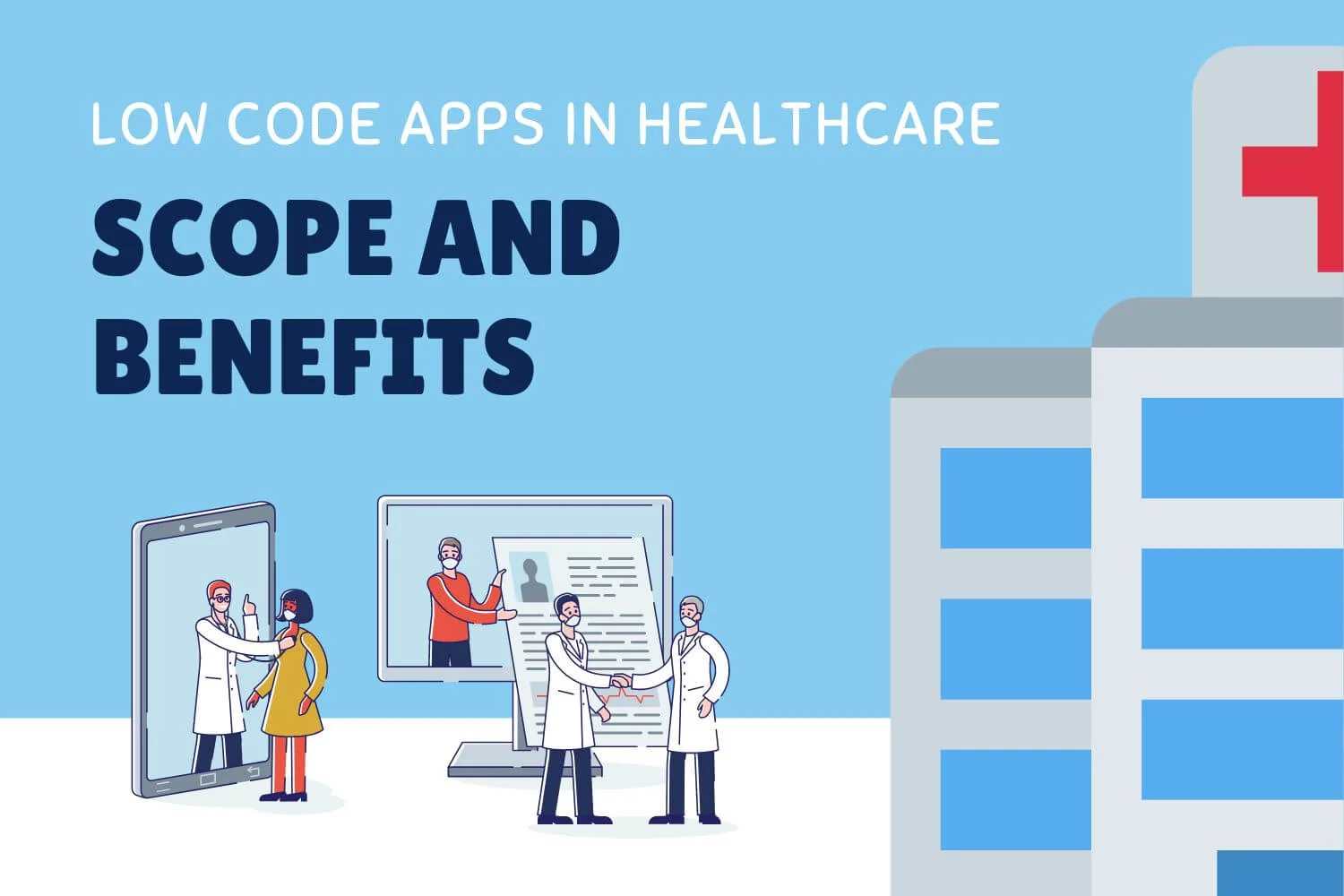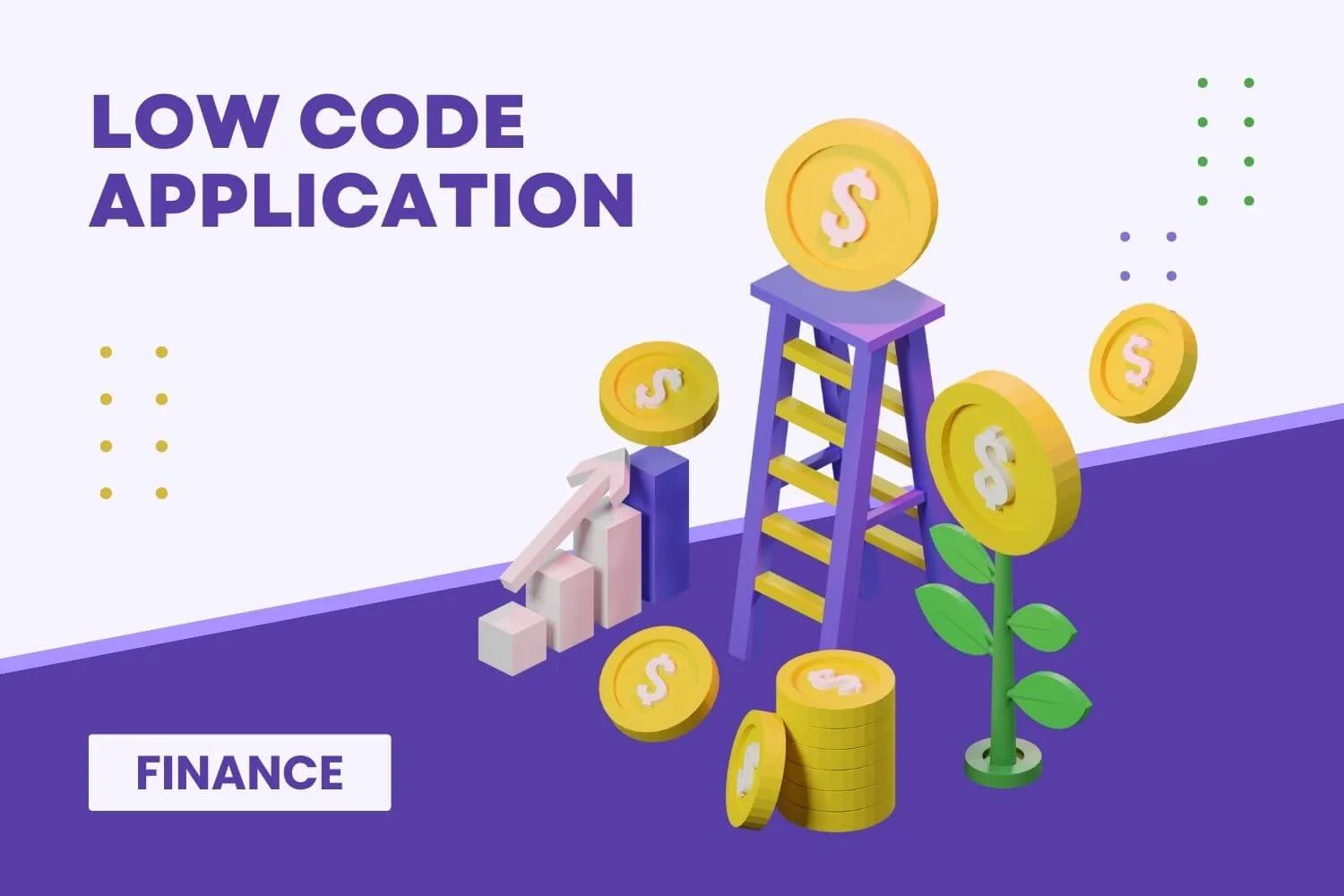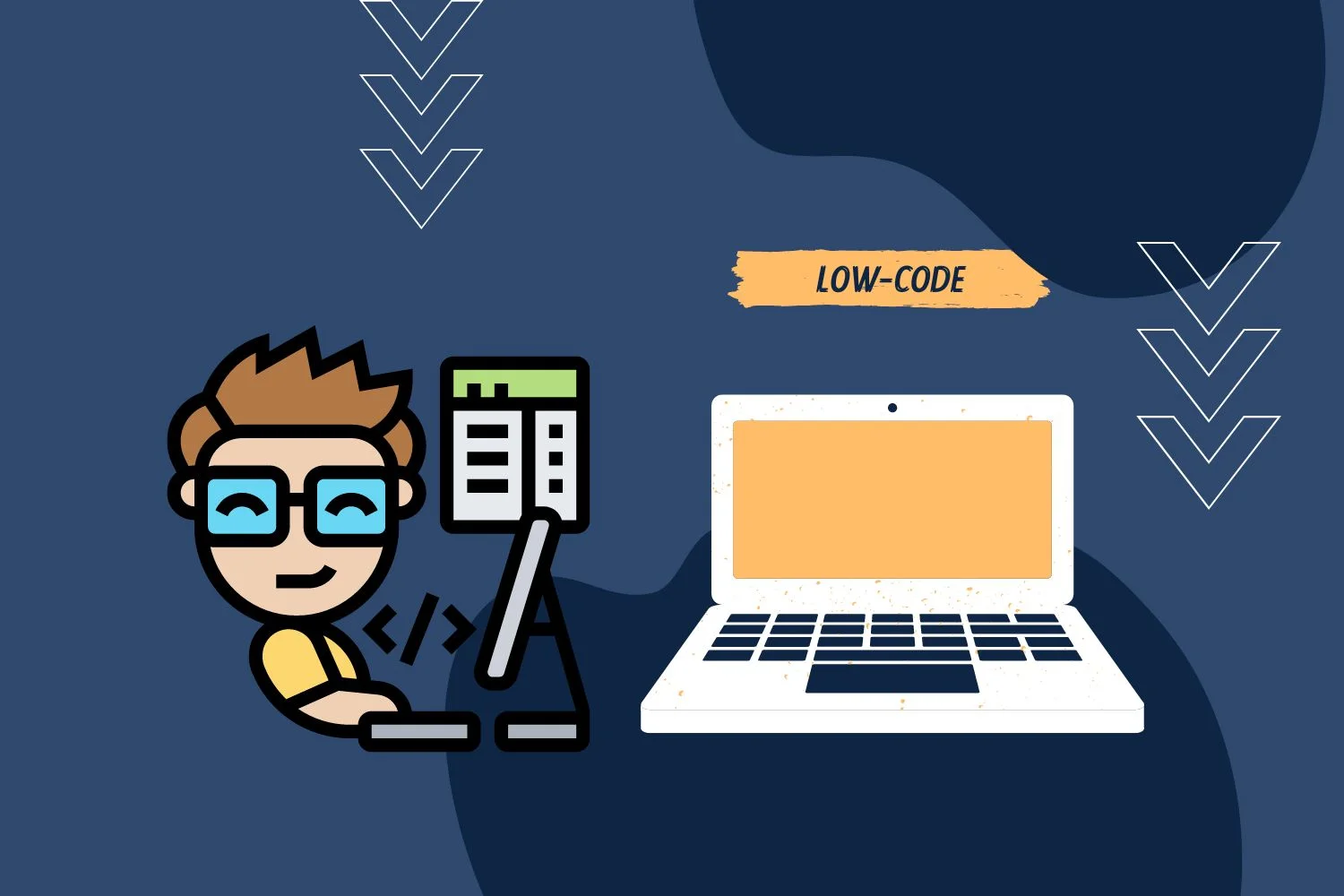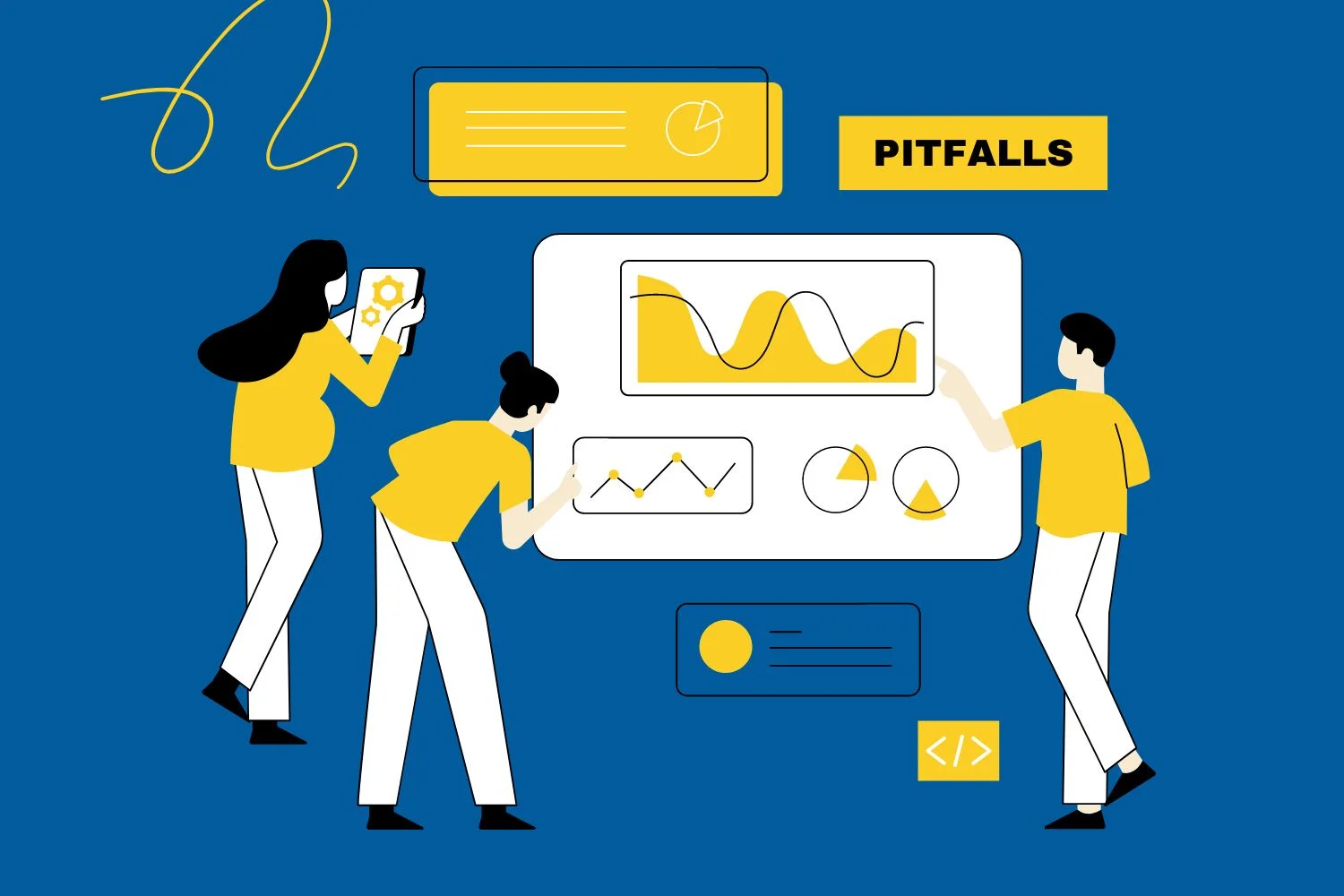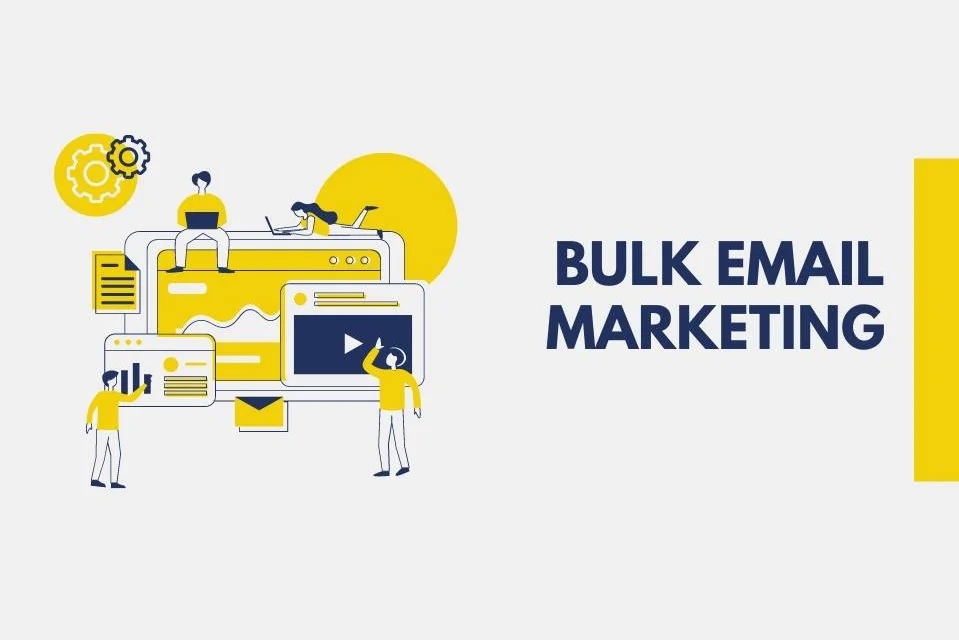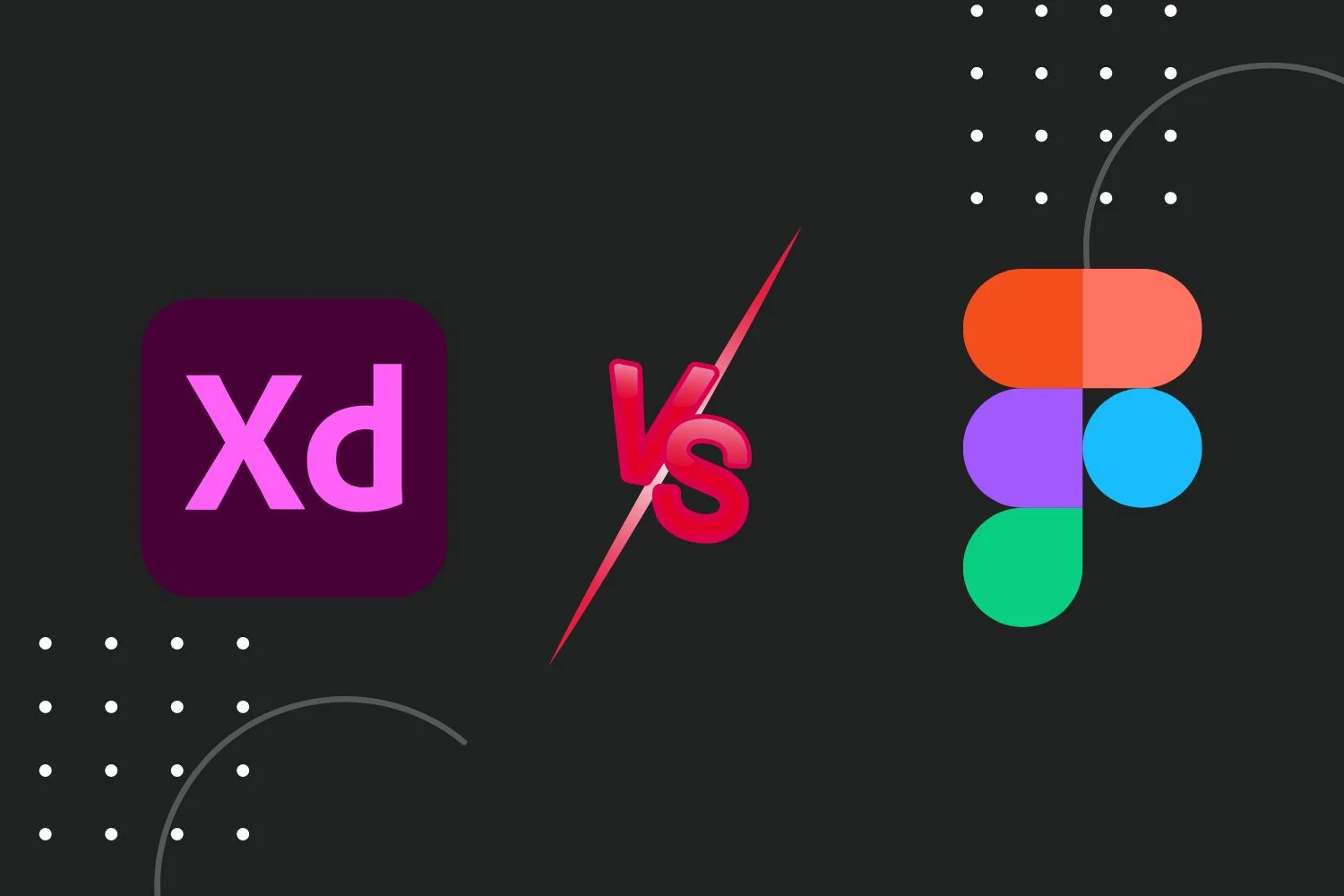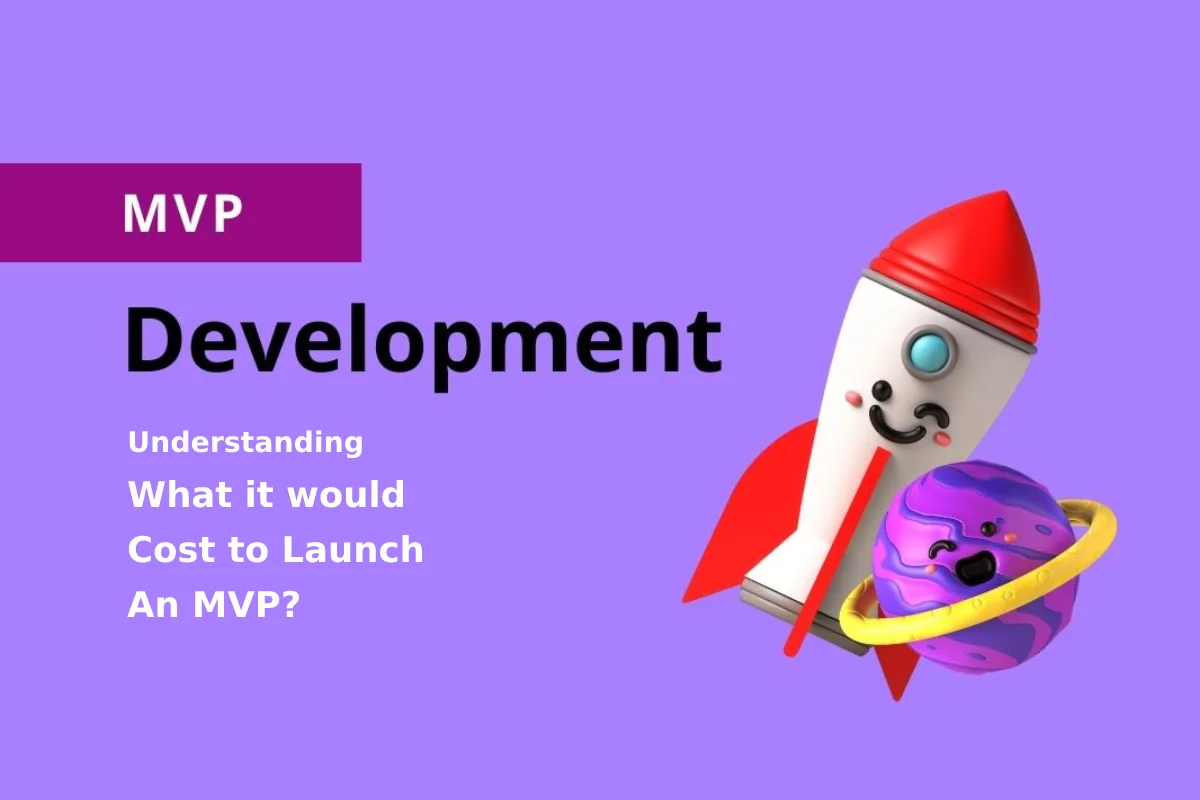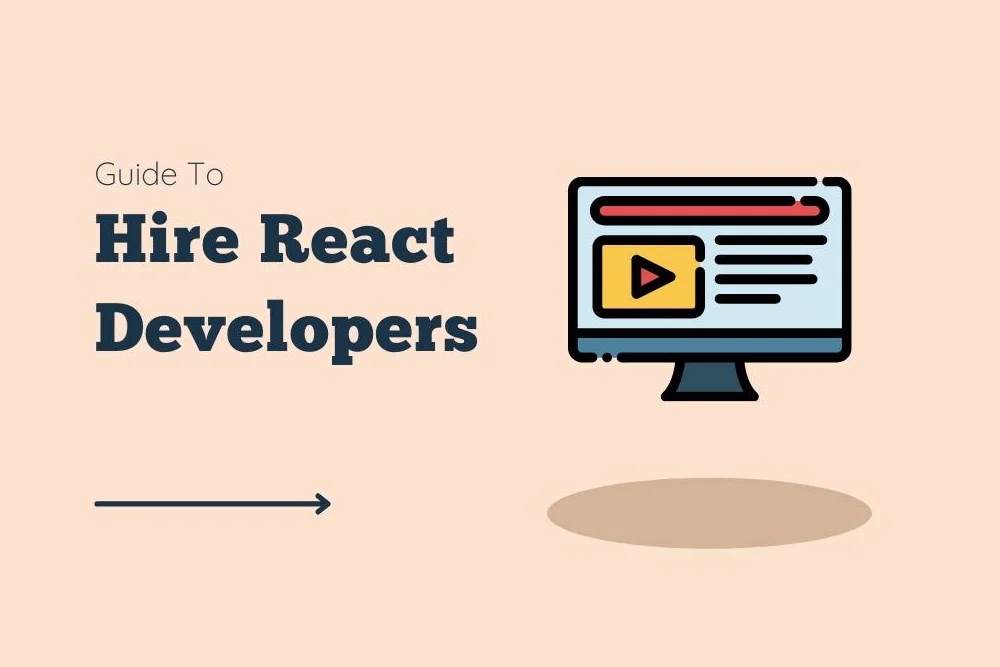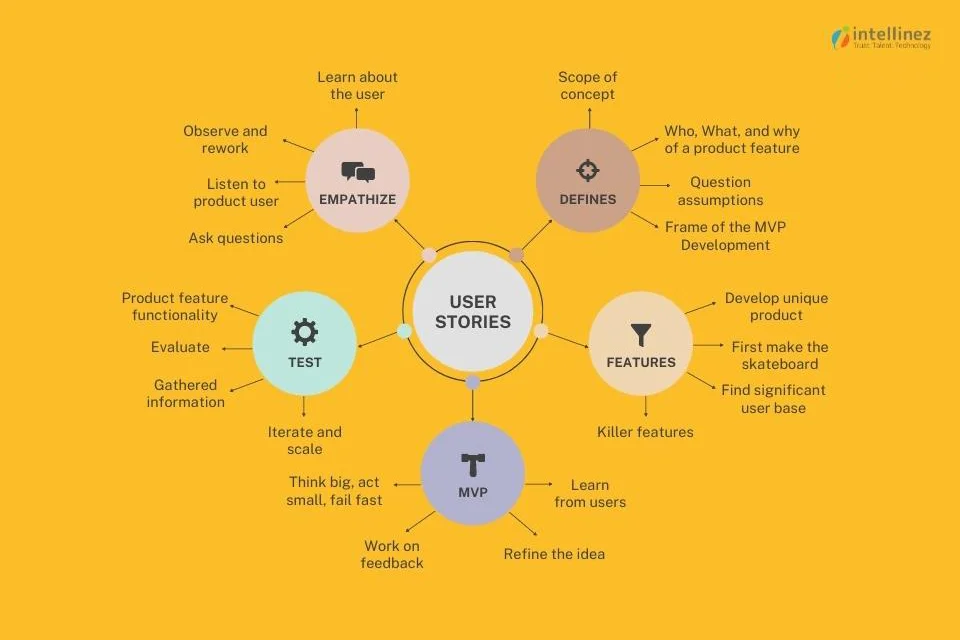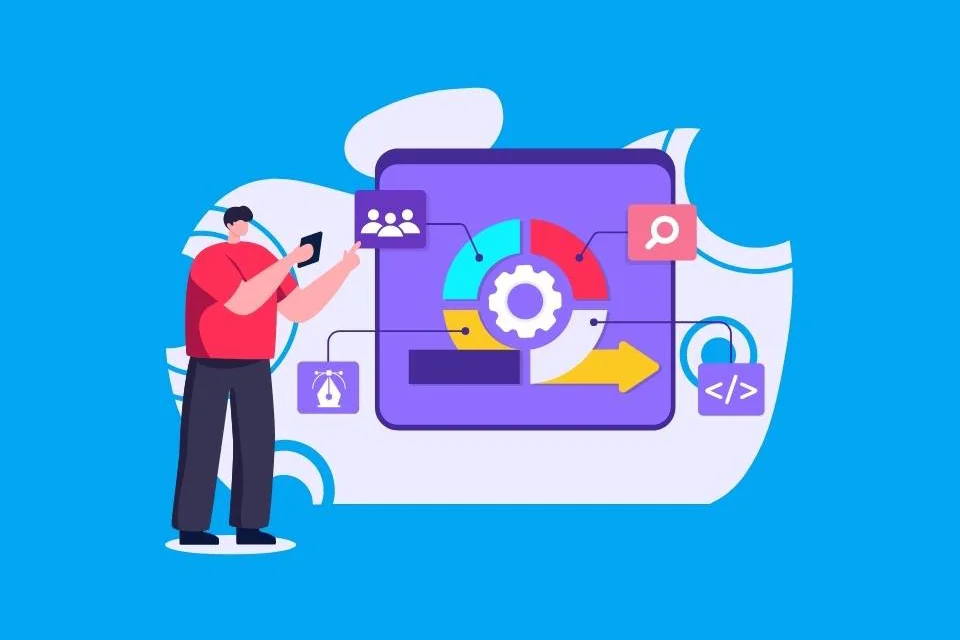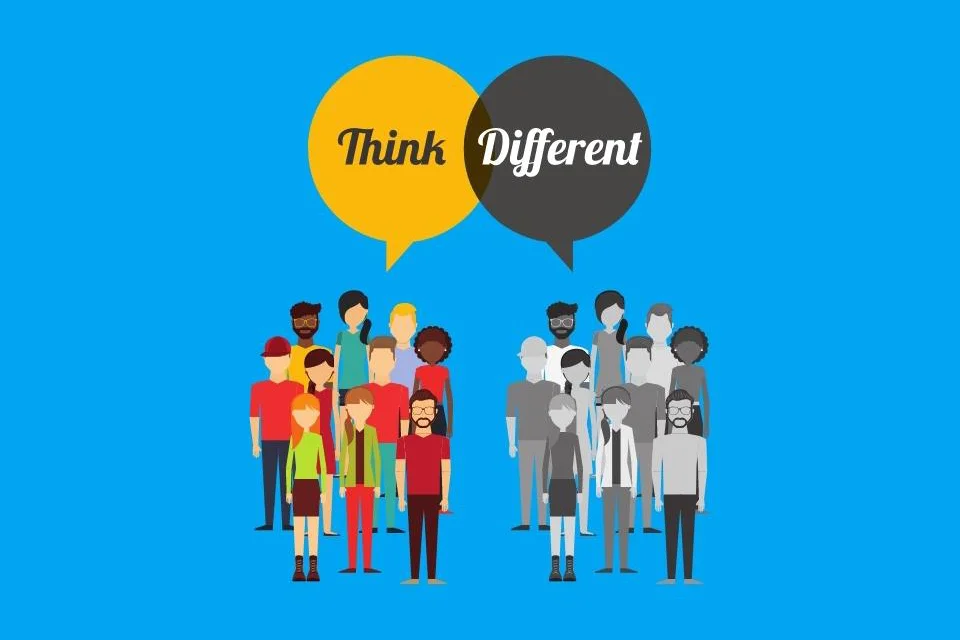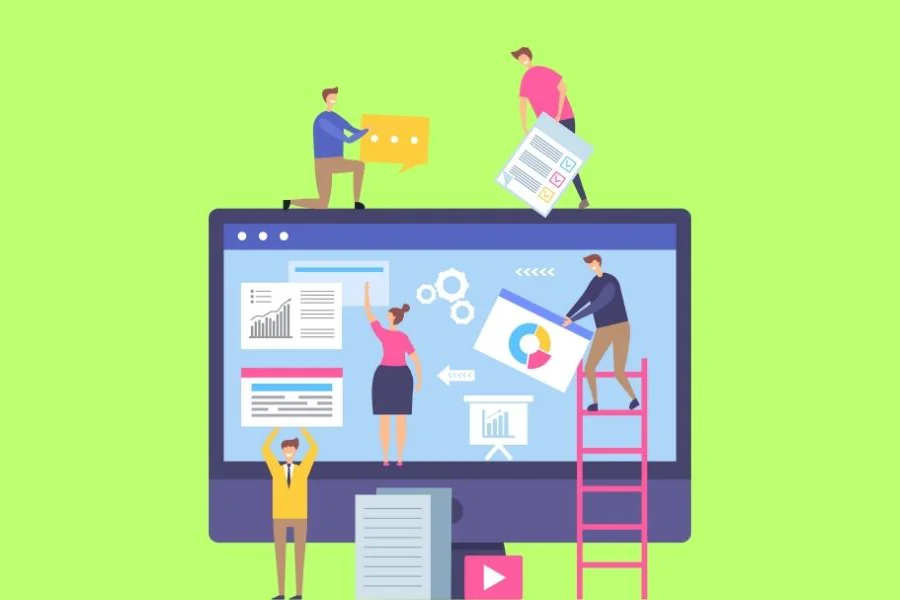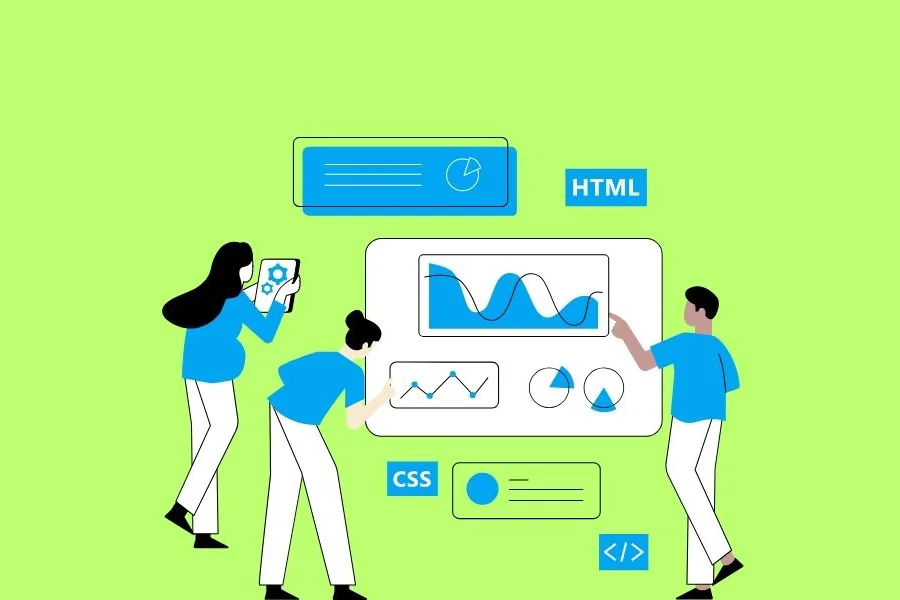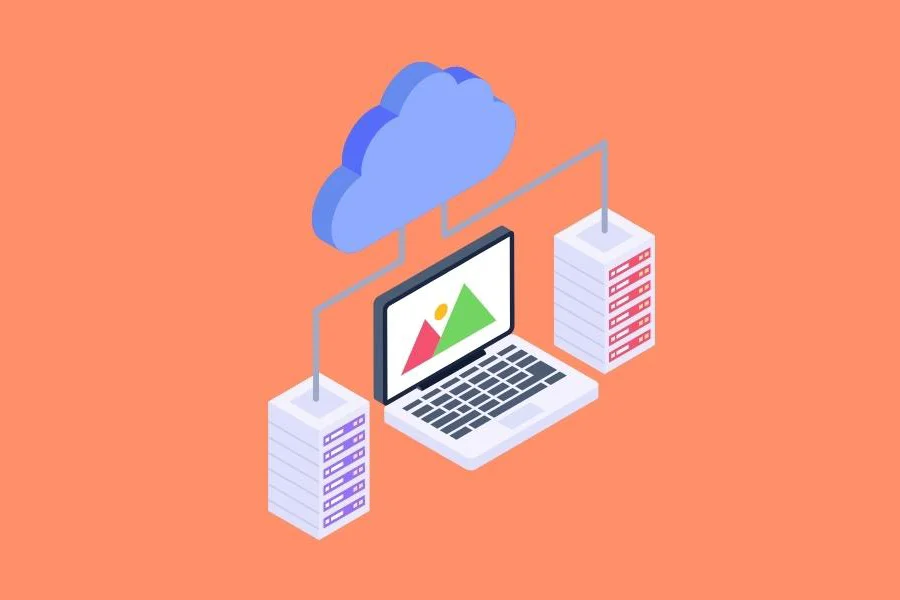- Visualize For Clarity And Alignment
- Cultivate Collaboration Over Documentation
- Establish Fast Feedback Loops
- Streamline Workflow For Efficiency
- Split Work Into Small, Well-Defined Increments
- Outcome > Output
- Quality & Simplicity
In today’s rapidly evolving digital landscape, businesses face increasing pressure to adapt quickly and deliver innovative solutions to remain competitive. Agile performance management system has emerged as a powerful approach to software development, enabling IT teams to respond rapidly to change, enhance collaboration, and deliver value to customers.
However, implementing agile practices alone is not enough to achieve optimal results. To truly maximize the agile performance of your IT team, you need to foster a culture of continuous improvement, align your processes with agile principles, and empower your team members to excel. In this comprehensive guide by experts from Intellinez Systems, you’ll find seven actionable steps to help you unlock the full potential of your IT team and elevate their agile performance.
1. Visualize for Clarity and Alignment
Visualization is a powerful technique that enhances transparency, collaboration, and alignment within your IT team. By providing a shared understanding of the workflow and progress, visualization enables effective communication and empowers team members to make informed decisions. Here are some practical visualization techniques to consider:
A. Implement a physical or digital Kanban board
Create a visual representation of the workflow using sticky notes or digital cards. Use columns to represent different stages of work and move cards across the board as tasks progress. This allows the team to easily track the status of work items, identify bottlenecks, and prioritize tasks accordingly.
B. Utilize user story maps
Create a graphical representation of data, including user journey, product scope, and releases. Utilize user insights, personas, and screen mock-ups to foster discussions and ensure team alignment with user needs.
C. Leverage architecture diagrams and domain models
Use visual artefacts to foster discussions on software design and ensure a shared language among team members. These visual representations help the team gain a comprehensive understanding of the system’s architecture and facilitate effective collaboration.
2. Cultivate Collaboration over Documentation
While documentation plays a vital role in software development, emphasizing collaboration and knowledge sharing yields superior results in an agile environment. Here are some strategies to foster collaboration within your IT team:
A. Conduct regular walkthroughs and knowledge sharing sessions
Encourage team members to share their expertise, insights, and lessons learned through regular sessions. This promotes cross-functional understanding and facilitates collective ownership of the work.
B. Embrace pair programming
Pair programming enhances collaboration and knowledge transfer among team members. By working together on coding tasks, team members can share ideas, validate solutions, and improve code quality.
C. Facilitate cross-functional collaboration
Encourage collaboration among different roles, such as developers, testers, and analysts, to ensure a holistic understanding of requirements and promote a sense of shared responsibility.
3. Establish Fast Feedback Loops
Fast feedback loops are vital for validating assumptions, improving quality, and delivering valuable software. By gathering feedback early and often, you can make timely adjustments and align your deliverables with customer expectations. Consider the following practices to establish effective feedback loops:
A. Validate assumptions with rapid prototypes
Before embarking on full-scale development, create low-fidelity prototypes or wireframes to gather feedback from end users. This iterative approach allows you to incorporate user insights and refine the solution based on real user feedback.
B. Release frequently to gather user feedback
Embrace continuous delivery practices to release software in small increments. This enables you to obtain valuable user feedback, iterate on features, and validate the product’s direction.
C. Conduct regular retrospectives
Organize retrospective meetings to reflect on the team’s performance, identify areas for improvement, and gather feedback from team members. This feedback-driven approach fosters a culture of continuous learning and empowers the team to refine their processes and practices.
4. Streamline Workflow for Efficiency
Efficiently managing the flow of work is crucial for maximizing productivity and minimizing delays. Streamlining your workflow involves identifying and eliminating bottlenecks, reducing handoffs, and optimizing the sequence of tasks. Here are some techniques to improve your team’s workflow:
A. Limit work in progress (WIP)
Set clear limits on the number of tasks or stories that can be actively worked on at any given time. By reducing multitasking and focusing on completing work before starting new tasks, you can improve efficiency and reduce context switching.
B. Identify and address bottlenecks
Regularly monitor the flow of work and identify stages where tasks tend to accumulate. Address these bottlenecks by redistributing tasks, providing additional support, or adjusting the team’s capacity.
C. Automate repetitive tasks
Identify opportunities for automation to eliminate manual, time-consuming tasks. Task Automation build processes, test suites, and deployment pipelines reduces the risk of errors and accelerates the delivery of high-quality software.
5. Split Work into Small, Well-Defined Increments
Breaking down work into small, well-defined increments is a fundamental practice in agile development. This approach enhances flexibility, promotes early value delivery, and facilitates accurate estimation. Consider the following strategies for effective work breakdown:
A. Slice epics into user stories
Epics, which represent large, high-level requirements, can be challenging to estimate and complete within a single iteration. Slice epics into smaller, more manageable user stories that can be delivered incrementally. Each user story should provide clear business value and have well-defined acceptance criteria.
B. Apply the INVEST criteria
When defining user stories, ensure they meet the INVEST criteria: Independent, Negotiable, Valuable, Estimable, Small, and Testable. These criteria help create user stories that are easier to understand, estimate, and implement.
C. Prioritize work based on value and risk
Collaborate with stakeholders to prioritize user stories based on their value to the customer and the associated risk. Focus on delivering the highest value and most critical features early on, enabling quicker time-to-market and rapid feedback.
6. Outcome > Output
Shifting the focus from maximizing output to delivering the right outcomes is a key aspect of agile performance. By continuously evaluating the value of work items and aligning them with strategic goals, you can ensure that your team delivers maximum value to customers and stakeholders. Here are some strategies to prioritize outcomes:
A. Embrace a value-driven mindset
Foster a culture that values customer-centricity and outcome-driven thinking. Encourage the team to continuously question the value of their work and explore alternative approaches to achieve the desired outcome.
B. Regularly reassess priorities
Priorities can change over time due to evolving market conditions, shifting business goals, or new customer insights. Regularly reassess the priority of work items and adapt accordingly to ensure alignment with the desired outcomes.
C. Communicate and collaborate with stakeholders
Maintain open channels of communication with stakeholders to understand their needs, gather feedback, and align expectations. Regularly engage in conversations to validate assumptions, share progress, and ensure that the team’s efforts are aligned with strategic objectives.
7. Quality & Simplicity
Prioritizing quality and simplicity is essential for delivering sustainable, high-quality software solutions. By investing in code quality, automated testing, and continuous improvement, you can ensure that your team consistently delivers valuable and reliable software. Consider the following practices:
A. Conduct regular code reviews
Implement a code repository management process to foster collaboration, improve code quality, and share knowledge. Code reviews help identify potential issues, ensure adherence to coding standards, and promote learning within the team.
B. Embrace automated testing
Implement automated testing practices, such as unit tests, integration tests, and regression tests. Automated tests provide fast feedback on the correctness and reliability of the software, enabling early bug detection and preventing regressions.
C. Refactor for simplicity and maintainability
Continuously evaluate the codebase for opportunities to simplify and improve maintainability. Refactoring helps eliminate technical debt, enhances code readability, and improves the ability to respond to change.
Conclusion
Maximizing the agile performance of your IT team requires a holistic approach that encompasses culture, processes, and people. By implementing these seven actionable steps discussed in this guide – visualizing for clarity and alignment, cultivating collaboration over documentation, establishing fast feedback loops, streamlining workflow for efficiency, splitting work into small, well-defined increments, prioritizing outcomes over output, and prioritizing quality and simplicity – you can unlock your team’s full potential and drive exceptional results.
Embrace the principles of agility, foster a culture of continuous improvement, and empower your team members to collaborate, innovate, and deliver value to customers. With dedication and persistence, your IT team can become a high-performing agile powerhouse, capable of thriving in today’s dynamic business landscape.
Contact Us Today for Your IT Needs
For all your IT needs, we’re here to help. Whether it’s troubleshooting, software development, or network solutions, Team Intellinez Systems is equipped with the expertise to assist you. Reach out to us today and let us take care of your technology challenges, so you can focus on what matters most – growing your business.
Soumya Mishra
Technology Leader proficient in engineering and execution of enterprise-level IT projects and providing support services on the same. Possesses the ability to set functional and technical strategies, converting them to an achievable plan of action, and driving them to realize and achieve customer success. Passionate leader believing in leading by example, possessing strong problem-solving skills and a can-do attitude. Adept at handling cross-functional teams across the globe and motivating them to achieve outstanding and sustainable results to meet organizational goals and objectives! Guiding Quote – “Every job is a self-portrait of the person who did it, Autograph your work with excellence”



































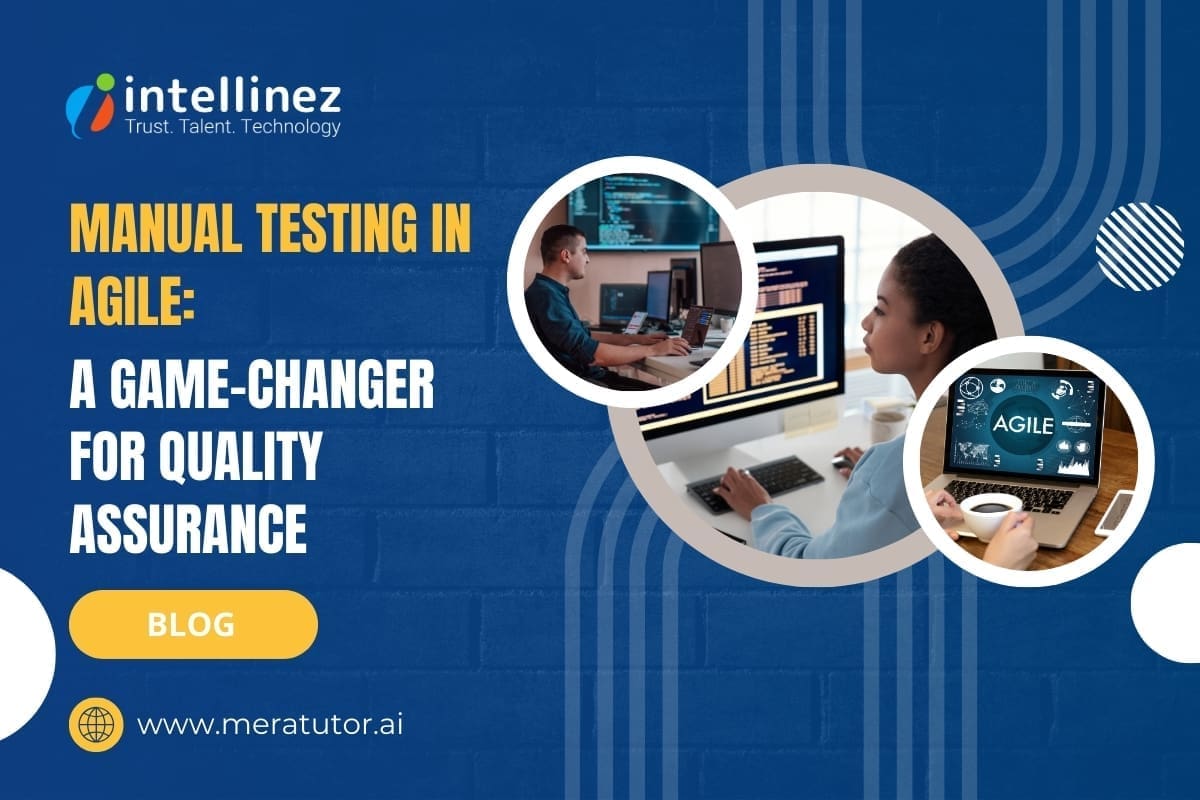




![A Comprehensive Guide to AWS SaaS Architecture [Diagram Included] 85 Aws SaaS Architecture](http://www.intellinez.com/wp-content/uploads/2024/08/Title-image.jpg)










